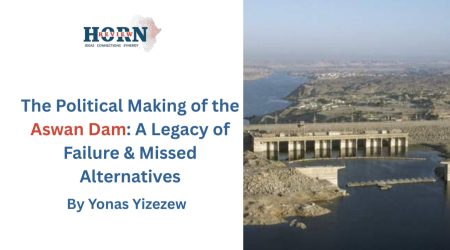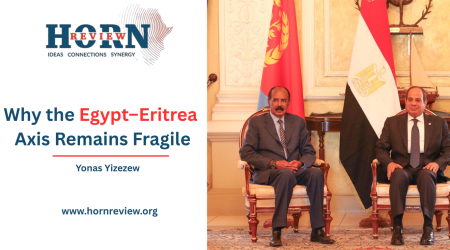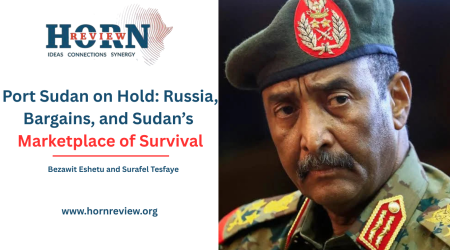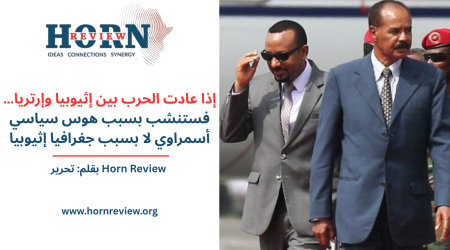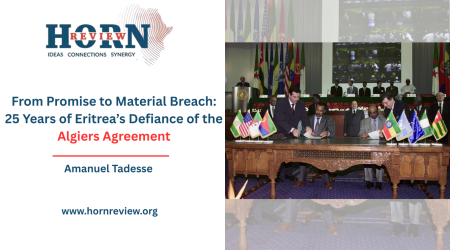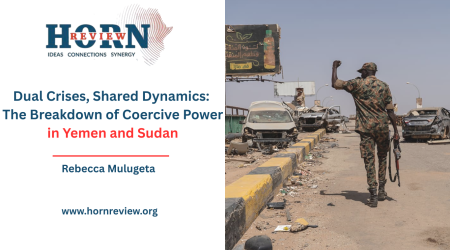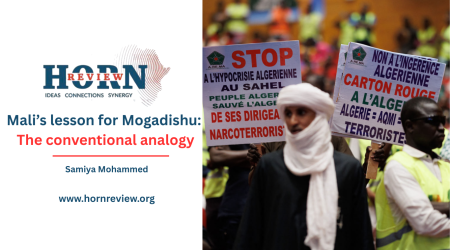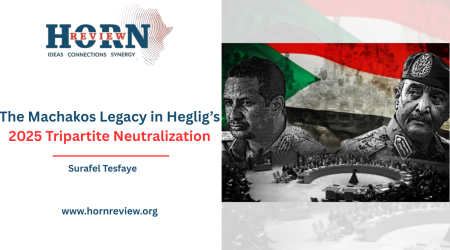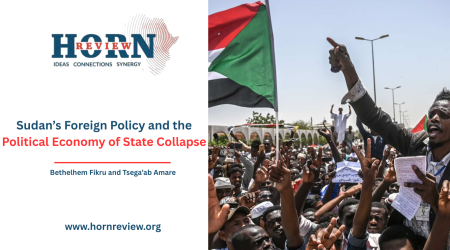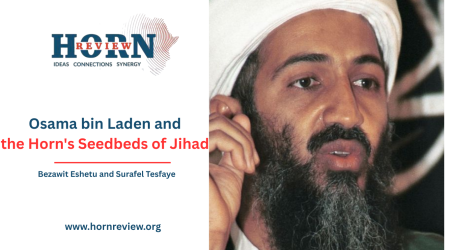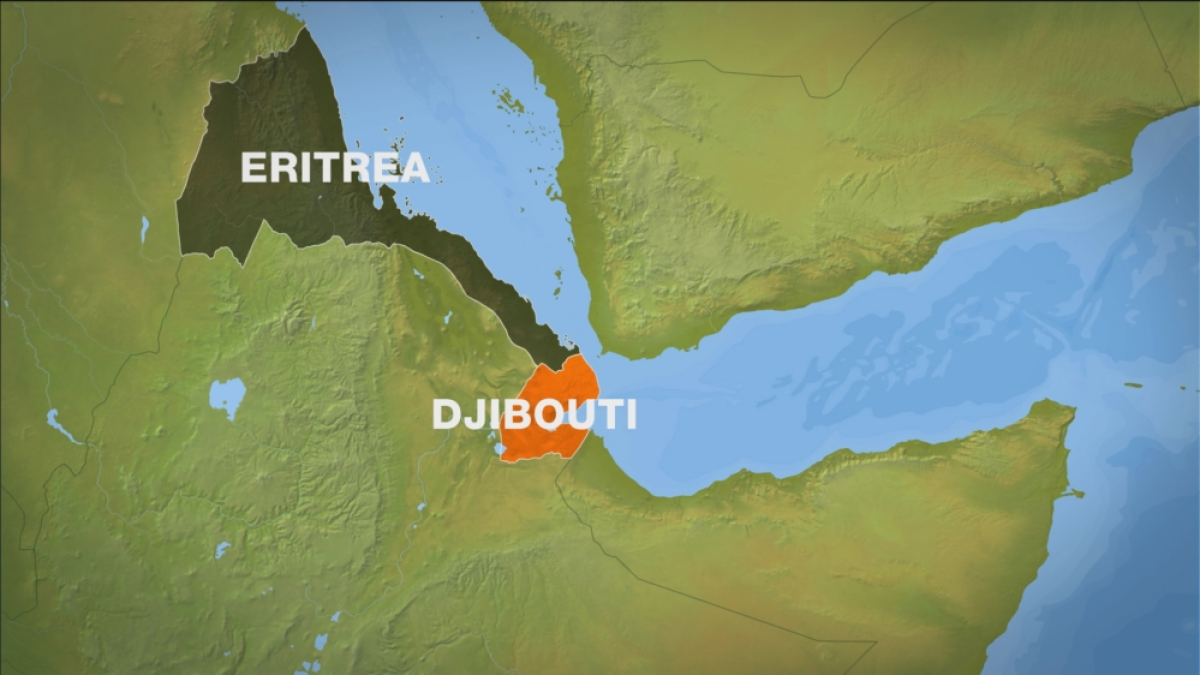
7
Jul
Eritrea and the Migration Timebomb: Why Europe Must Act Before the Next Horn War
Europe’s migration anxieties are fueling electoral gains for far-right parties across the continent, compelling mainstream governments to adopt increasingly restrictive policies. The European Union has responded by implementing the Migration and Asylum Pact, prioritizing cooperation with African states to stem departures at their source. Notably, the EU’s deployment of new missions to Libya through which most of irregular migration operations to Europe are channeled, demonstrates both the potential and the limitations of external migration management.
The Libya model has temporarily reduced flows but remains vulnerable to political instability and the unpredictable decisions of partner states, highlighting the limitations of relying on authoritarian regimes for migration control. The political landscape across Europe is undergoing a profound transformation, centering its mandate on deterring irregular migration.
The Horn of Africa is already a major source of migration to Europe, with established smuggling networks linking Ethiopia, Eritrea, Somalia, and Sudan to Mediterranean crossing points (Breines et al., 2015). In 2015, Eritreans were the largest national group among Horn of Africa migrants entering Europe via the Central Mediterranean Route, a trend that would only intensify in the event of renewed conflict.
This considerable outward migration from Eritrea, a nation of relatively small size, is primarily driven by the imperative to escape the pervasive governmental repression, including indefinite national service and systematic human rights violations, alongside limited socio-economic prospects.
Eritrea, under President Isaias Afwerki, functions as a revisionist power, systematically undermining regional stability to secure regime survival and enhance its leverage. The recent military mobilization and saber-rattling are not isolated incidents but part of a broader strategy to provoke and destabilize its neighbors, especially Ethiopia.
Since the signing of the 2022 Pretoria Agreement that marked the end of the Tigray War, the EDF (Eritrean Defense Forces) has continued to occupy territory within Ethiopia. Eritrean military commanders and their agents within Ethiopia continue to profit from a conflict economy, including through human trafficking, kidnapping, and illicit gold mining (The sentry, 2025).
Despite the Pretoria Agreement’s stipulations for the withdrawal of external forces and the prohibition of proxy wars, Eritrean military units remain entrenched in parts of Tigray, particularly in border areas. Eritrea’s intent to use Tigray as a strategic buffer or proxy battlefield against Ethiopia, exploiting internal Ethiopian divisions such as the TPLF-federal government rift, elevates the risk of a wider conflict and transforms a domestic issue into a regional flashpoint.
While the lifting of UN Security Council sanctions on Eritrea in 2018, strengthened the EDF, enabling it to engage in some of the worst excesses of the conflict, committing atrocities and plundering the region’s infrastructure and resources during and after the Tigray war. The same actors who orchestrated the last war are now on the precipice of resuming conflict with the same cast of characters (ibid).
With sanctions lifted, Eritrea is rebuilding its military, strengthening its defenses, and persisting in destabilizing neighboring countries. Without a shift in the current situation, this behavior is likely to continue. Hence, given the global political climate, re-imposing UN sanctions on Eritrea remains a possible option.
Moreover, this pattern of destabilization is not limited to Ethiopia. Eritrea has a well-documented history of supporting armed opposition groups throughout the region, fueling instability and undermining peace efforts. For instance, Sudan’s Al-Burhan relocation of warplanes to Eritrea and the deployment of Eritrean-trained militias in Sudan’s Kassala state further exemplify Eritrea’s willingness to engage in proxy warfare and direct military cooperation to advance its interests.
Should war erupt between Ethiopia and Eritrea, the humanitarian and migration consequences would be immediate and severe. The 1998-2000 border war offers a grim precedent, having displaced millions of people and left many Eritreans internally displaced (Lorton, 2000). Given the region’s population growth, especially Ethiopia’s large population and urbanization, contemporary conflict could generate even larger waves of displacement. Unlike the past, both countries have sizable populations particularly Ethiopia, with over 120 million people, meaning that any renewed outbreak of war could result in a significant displacement of civilians and a substantial increase in migration flows.
Moreover, over the past several years, Eritrea has sought to infiltrate its neighbors particularly Ethiopia and to sow division in order to erode their capacity and cohesion. In the face of these provocations and destabilizing maneuvers, Ethiopia now stands at a decisive point and must safeguard its sovereignty by all necessary means.
Europe cannot afford to remain a passive observer. Its core national interest, preventing a migration catastrophe demands proactive diplomacy and intervention. The specter of a full-scale Ethiopia-Eritrea conflict looms large, threatening not only catastrophic humanitarian consequences but also the prospect of displacement waves that could dwarf those of the 2015 Syrian refugee crisis.
The aftermath of the 2011 Libyan intervention, with its enduring migration repercussions for Europe, showcases the risks of inaction. Preventing a repeat of such scenarios requires European policymakers to recognize Eritrea’s role as a primary accelerant of regional instability and to apply concerted pressure for de-escalation, viewing regional stability through the urgent lens of migration prevention.
The convergence of these trends presents a critical challenge: European policymakers must act proactively to pressure Eritrea to halt its provocations before a regional conflict triggers mass migration flows that could overwhelm Europe’s already strained containment frameworks.
European governments must recognize that effective migration control begins with addressing the root causes of displacement, not merely managing arrivals. The current strategy of partnering with transit countries is insufficient to contain the scale of migration that a new Ethiopia-Eritrea war would produce. Domestic political dynamics across Europe, shaped by the rise of the far right, further constrain the continent’s capacity to absorb large-scale flows, making prevention strategies not only desirable but essential.
Eritrea’s role as the primary destabilizing force in the region positions it as the logical focus for European diplomatic pressure. Unlike other regional crises characterized by multiple actors and complex grievances, the Ethiopia-Eritrea standoff is driven largely by Eritrean provocations and territorial ambitions.
This has been reinforced by Eritrea’s deepening ties with Ethiopia’s regional rivals, forming a de facto anti-Ethiopian bloc and intensifying the security dilemma surrounding Red Sea access. The Red Sea’s strategic importance for global trade already highlighted by rising shipping costs following Houthi attacks, provides further impetus for European intervention, as conflict in the Horn would potentially jeopardize shipping routes and exacerbate migration pressures.
The EU’s “Better Migration Management (BMM) Programme” in the Horn of Africa exemplifies the current focus on managing flows and combating trafficking, rather than preventing the root causes of displacement. This approach reveals a critical gap: while Europe invests heavily in managing migration after it occurs, it places less emphasis on preventing the conflicts that drive such movements.
The EU’s reliance on externalization has also drawn criticism for its legal, ethical, and practical shortcomings, including the erosion of migrant rights and the risk of legitimizing authoritarian regimes. Preventing conflict at the source is not only more effective but also more consistent with European values and avoids the pitfalls of empowering destabilizing actors.
That being said, the intersection of Europe’s migration fears and Eritrea’s destabilizing actions in the Horn of Africa demands urgent and coordinated diplomatic engagement. Only by addressing the root causes of instability and applying sustained pressure on Eritrea to de-escalate, can Europe hope to prevent a migration crisis that would test the continent’s political cohesion and humanitarian commitments. The international community should acknowledge that it was Ethiopia’s initiative and steadfast commitment that made the 2018 peace process possible, despite Eritrea’s persistent hostility toward genuine reconciliation.
By Yonas Yizezew,Researcher,Horn Review
References
- Breines, M.R., Collyer, M., Lutterbeck, D., Mainwaring, Ċ., Mainwaring, D., & Monzini, P. (2015). A Study on smuggling of migrants: characteristics, responses and cooperation with third countries. Case Study 2: Ethiopia – Libya – Malta/Italy.
- The Sentry, 2025, Power and Plunder- The Eritrean Defense Forces Intervention in Tigray
- Lorton, F. (2000). The Ethiopia-Eritrea conflict: A fragile peace. African Security Review, 9, 101 – 111.

